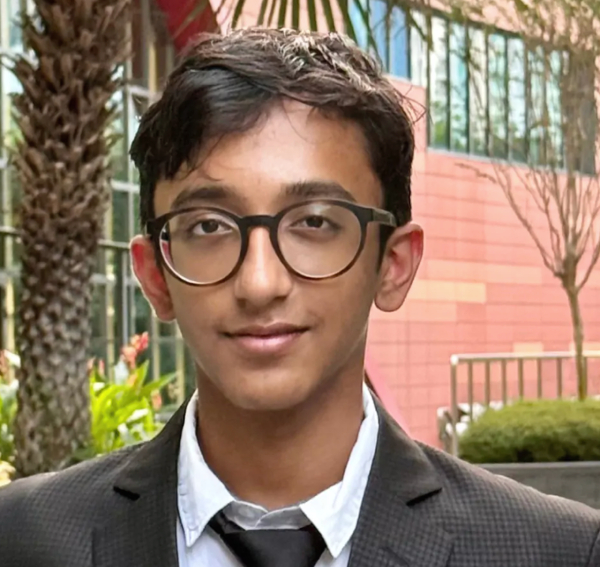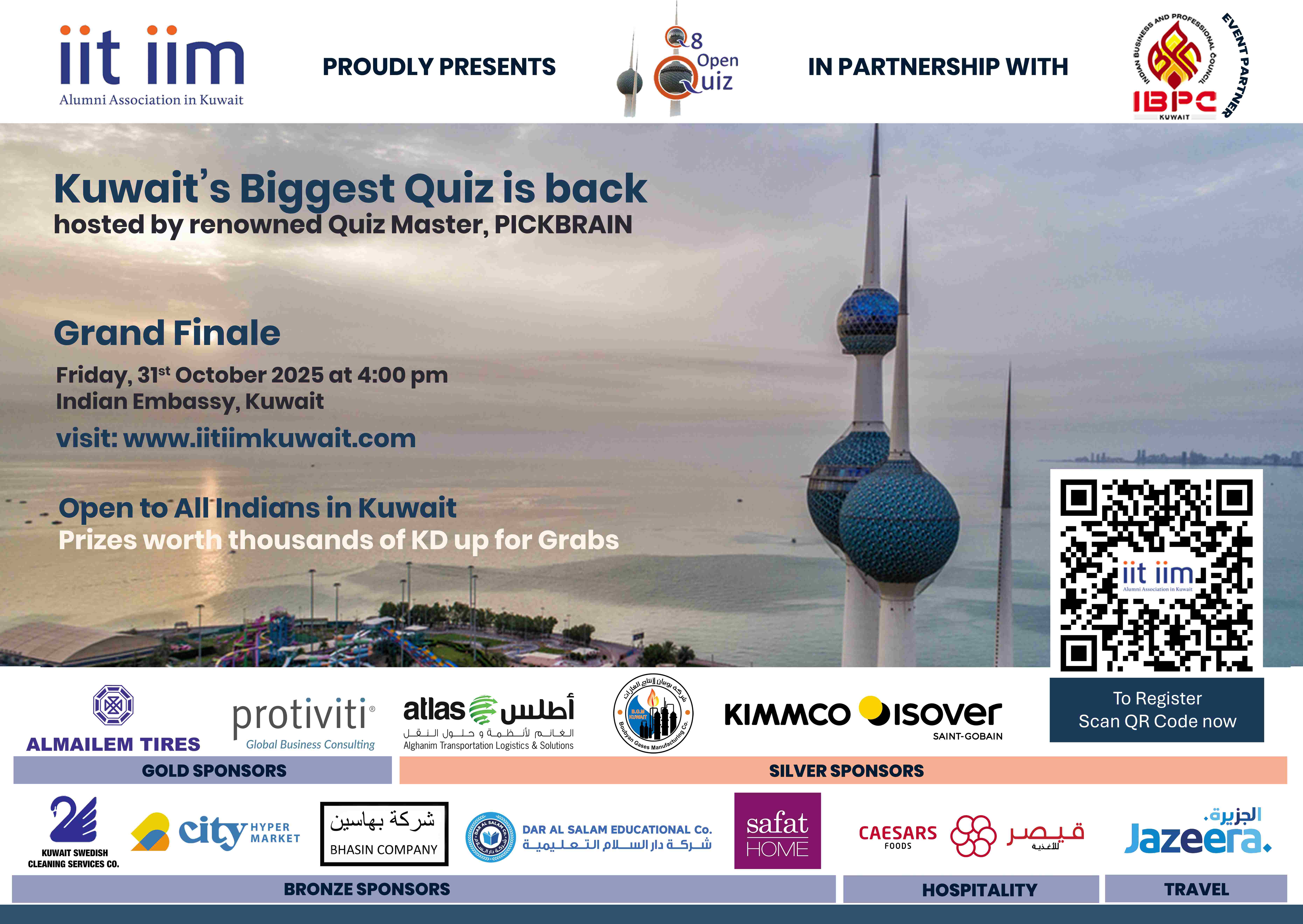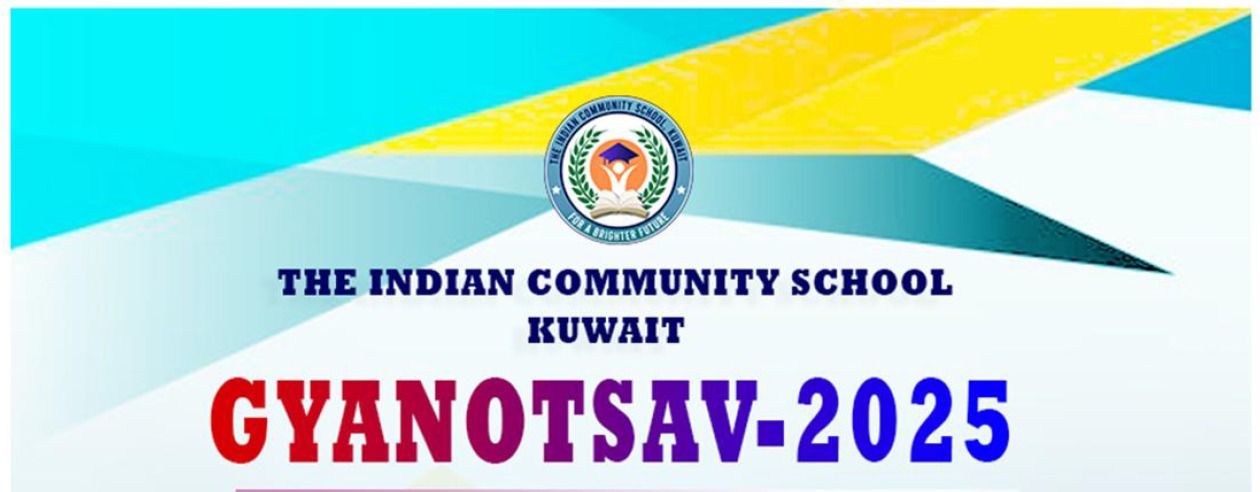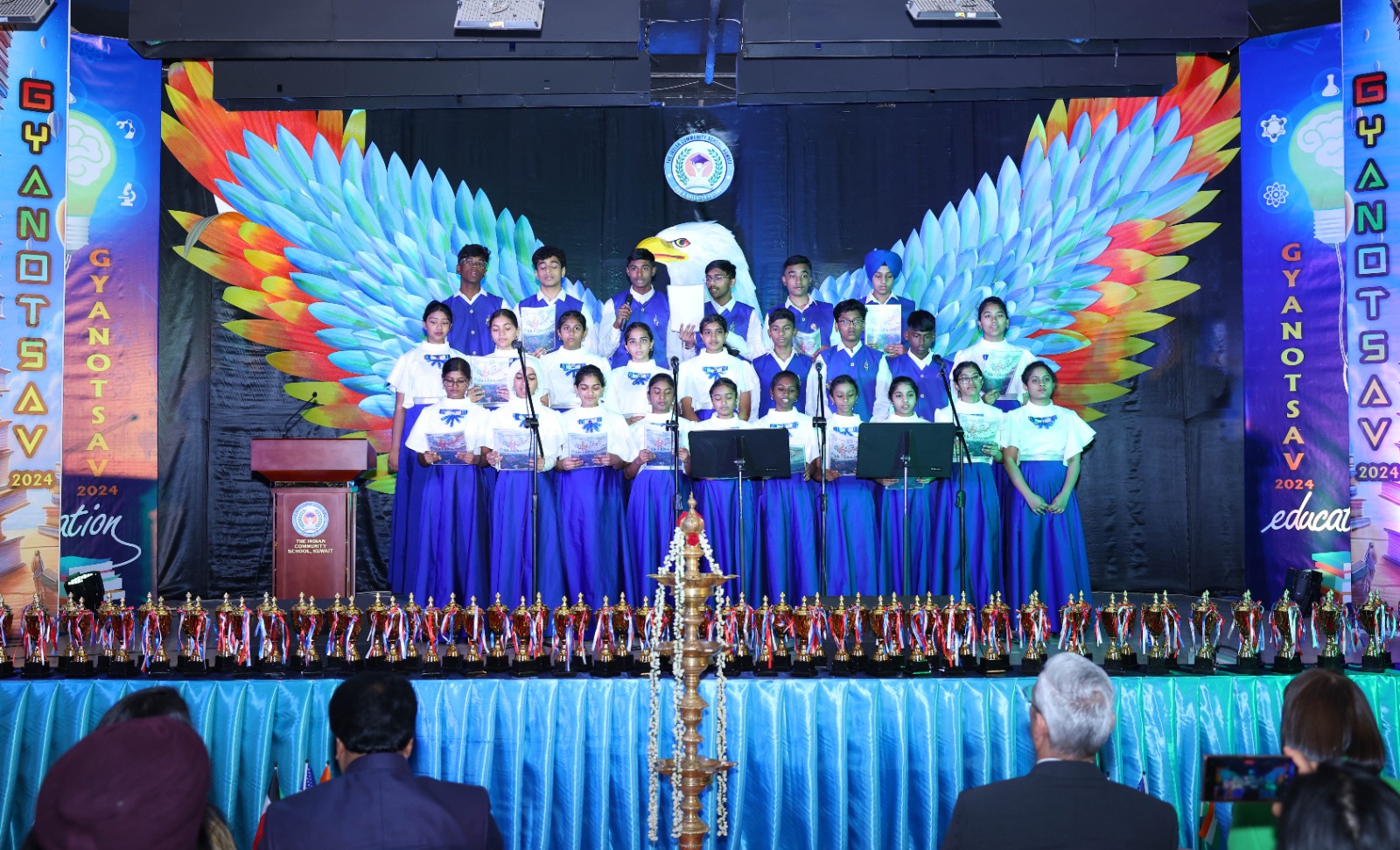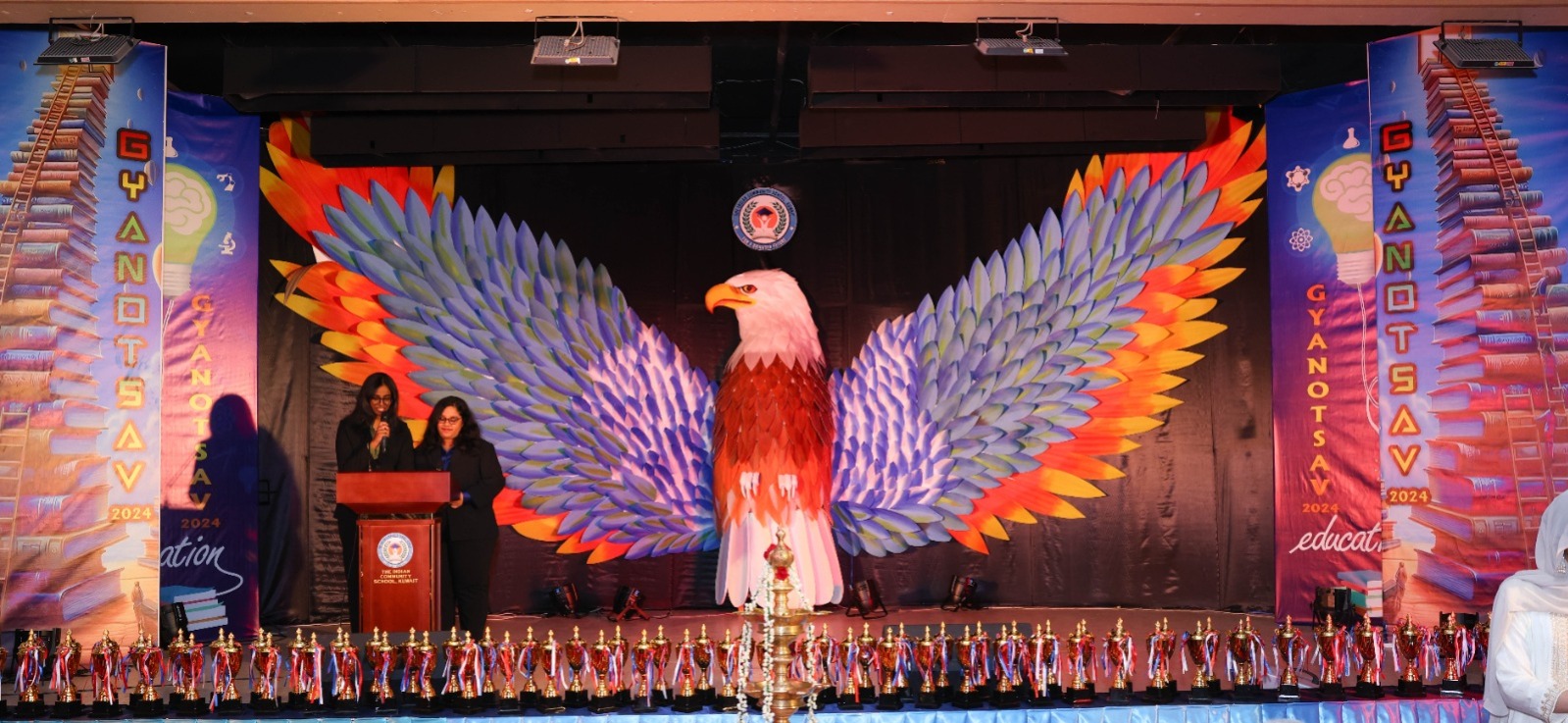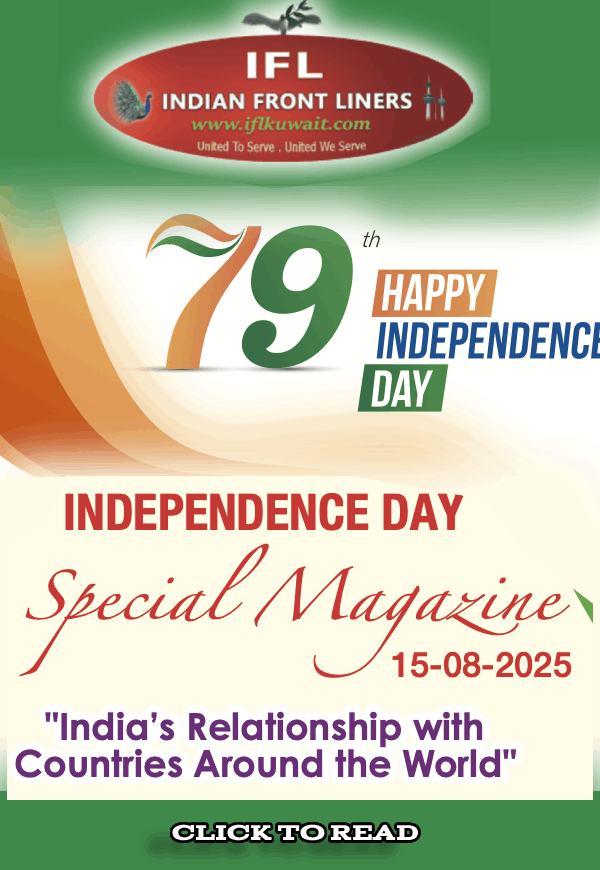In a landmark step toward enhancing Kuwait’s tourism sector, Jazeera Airways Chairman Marwan Boodai announced the signing of a partnership agreement between the national airline and the “Visit Kuwait” platform, marking what he described as a “practical application of Kuwait Vision 2035.”
Speaking during the signing ceremony, Boodai emphasized that the partnership embodies the strong integration between the government and private sectors.
“This integration is the result of great efforts exerted by the state and the positive response of the private sector,” he said, adding that the joint strategy aims to promote and develop tourism while highlighting Kuwait’s cultural and civilizational heritage to the world.
Boodai noted that the initiative is part of the broader national effort to diversify sources of income, stimulate the economy, and strengthen Kuwait’s standing on the regional and global tourism map. “We are not talking about ideas or plans anymore,” he stressed. “This is a reality being implemented on the ground today.”
Celebrating the 20th anniversary of Jazeera Airways, Boodai revealed that the airline has signed a $3 billion deal with Airbus to expand its fleet from 24 to 50 aircraft over the next five years. “Our commitment is not just to financial investment, but to human investment, which is even more vital for the sustainable development of the air transport sector,” he said.
Currently, Jazeera Airways connects Kuwait to 62 direct international destinations, and the company plans to increase that number to 87 within five years. “Tourists seek direct routes, and our goal is to make Kuwait accessible to more destinations across the world,” Boodai added.
He explained that the airline aims to double its annual passenger traffic from 5 million to 10 million within five years. “We already transport 1.5 million transit passengers through our T5 terminal,” he said, “and through this partnership, we plan to offer ‘Stop in Kuwait’ packages to encourage visitors to spend a few days discovering the country’s landmarks, shopping, and culture.”
Boodai praised the Ministry of Interior for its efforts to simplify visa procedures and facilitate tourist entry into the country. “The process is now much easier,” he said. “Any Kuwaiti can host a visitor in accordance with the law and obtain a visa directly. We hope this will also be integrated into the Visit Kuwait platform.”
Highlighting the economic importance of the tourism industry, Boodai said it is one of the most significant sectors for creating employment opportunities. “Tourism is a major economic driver in Gulf countries,” he noted. “A single tourist spends no less than $2,500 during their visit — on airfare, accommodation, food, and entertainment — which greatly benefits the national economy and opens up opportunities for Kuwaiti youth.”
He urged young Kuwaitis to seize opportunities in the tourism, aviation, and hospitality sectors, saying that these industries will be essential for Kuwait’s future growth. “His Highness’s call to invest in Kuwait first and create jobs for Kuwaiti youth is a guiding principle for us,” he said. “It is at the heart of our partnership with Visit Kuwait.”
Boodai commended the government’s support for public-private cooperation, which has enabled projects like this to flourish. “Jazeera Airways is proud to be part of this national path toward change and development, led by His Highness the Emir Sheikh Mishal Al-Ahmad, His Highness the Crown Prince Sheikh Sabah Al-Khaled, and His Highness Sheikh Ahmad Al-Abdullah, the Prime Minister.”
He praised Minister of Information and Culture Abdulrahman Al-Mutairi for his continued support of tourism and media initiatives, saying, “Visit Kuwait is not just a platform — it’s a comprehensive system that reflects the hard work and vision of those behind it.”
Boodai revealed that Jazeera Airways is working with the Ministry of Interior to introduce a “transit visa” program that will allow travelers to explore Kuwait for three to five days while in transit. “This will be one of several tourism packages available soon,” he said. “Kuwait is now an open country, welcoming everyone who respects its laws, traditions, and culture.”
The Jazeera Airways Chairman emphasized that collaboration between the public and private sectors is vital for national development. “One hand cannot clap alone,” he said. “Since the government’s call for stronger cooperation, we have been moving in unison toward diversifying income and expanding opportunities.”
He described the tourism initiative as an “integrated system” that will grow rapidly. “What we are witnessing today is just the beginning,” he said. “We believe the results will start appearing as early as next year.”
Boodai also confirmed that Jazeera Airways is fully prepared to handle increased tourist arrivals. “We have invested heavily in expanding our fleet,” he said. “By next year, we’ll add three more aircraft, reaching 50 within five years. The Visit Kuwait platform will include options for tourist visas and packages designed specifically for visitors.”
He concluded by outlining the airline’s ambitious five-year plan, which includes expanding destinations, investing in new infrastructure, and keeping travel costs affordable. “Tourism cannot thrive without strong air connectivity,” Boodai said. “Our mission is to make Kuwait an attractive, accessible, and welcoming destination — showcasing the most beautiful aspects of our beloved country to the world.”




